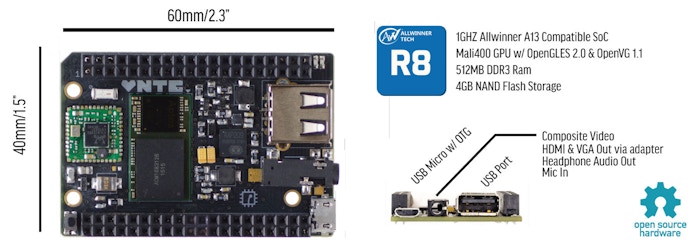Namotel Acche Din Rs 99 smartphone: Potemtial customers should know that the company has also added a note on its site that says, ‘Pictures shown on website is for illustration purposes only’.
Namotel Acche Din Rs 99 smartphone: Promoter Madhava Reddy has claimed that he is marketing the world’s cheapest smartphone, the 3G-enabled Namotel Acche Din, for just Rs 99.
Reddy claimed that Namotel is the world’s cheapest phone with 4 inch display and it runs on Android 5.1 Lollipop and is powered by 1.3GHz quadcore processor along with 1 GB RAM.
The smartphone will be available for booking from May 17th to 25th May, 2016.
The website of the company, Namotel.com, shows that the price has been slashed from Rs 2,999 to Rs 99 and that the smartphone is available on cash-on-delivery basis – something called a ‘lifetime membership fee’ too will be charged. It also adds that nominal delivery charges will be levied.
The message that is being displayed by the company says, ‘Joy and freedom represents the logo! The same joy will flourish in billion Indians In the form of smart Connect with (3 different looks and shapes) Android Smart powerful Phone at 99. We make this product to show love for India it is a ‘’MAKE IN INDIA’ Initiative.This model is limited and it is applicable only for India and who holds Aadhar Identity.’
The company has also said that a ‘one year warranty’ applies to the product and that ‘This limited warranty shall apply to Namotel Smartphone and its Parts. For handset and accessory defects under normal use circumstances and at the discretion of the company, Namotel shall provide free of charge repair and/or replacement services within the warranty period.’
The company has also added a note on its site that says, ‘Pictures shown on website is for illustration purposes only’.
Namotel Acche Din mobile top 10 specs:
1. QUAD CORE PROCESSOR
2. 1GB RAM+ 4GB ROM
3. 3G smartphone
4. 2MP REAR + .3MP FRONT
5. DUAL SIM
6. 4″ HD DISPLAY
7. 1325 mAh BATTERY
8. PLASTIC HOUSING
9. WHITE, BLACK
10. ANDROID LOLLIPOP
1. QUAD CORE PROCESSOR
2. 1GB RAM+ 4GB ROM
3. 3G smartphone
4. 2MP REAR + .3MP FRONT
5. DUAL SIM
6. 4″ HD DISPLAY
7. 1325 mAh BATTERY
8. PLASTIC HOUSING
9. WHITE, BLACK
10. ANDROID LOLLIPOP




